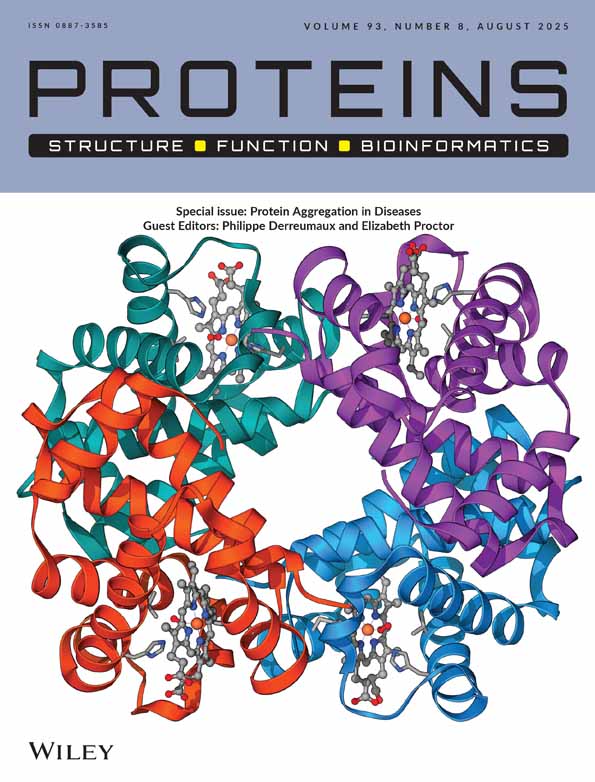Modeling three-dimensional protein structures for amino acid sequences of the CASP3 experiment using sequence-derived predictions
Abstract
Homology or comparative modeling is aimed at modeling the three-dimensional structure of a target sequence of unknown structure using the framework of an already known fold. Traditionally, homology modeling has been applied to targets with clear sequence similarity to proteins of known structure. Because methods to identify increasingly distant relationships have been developed, homology models can now be built for a wider range of targets. The first challenge in homology modeling is to obtain an initial, accurate, sequence-structure alignment with the most compatible fold. In CASP3, the abilities of fold-recognition methods to fulfill this challenge were evaluated with a number of target sequences of unknown structure. Sequence-structure alignments for 33 of the CASP3 targets using the fold-recognition method SDP were submitted (Fischer and Eisenberg, Protein Sci 1;5:947–955). After the three-dimensional structures of the sequences were subsequently released, the quality of the predictions were evaluated. Here I describe three of the predictions for targets with little sequence similarity to proteins of known structure that were judged by the assessors to be of higher quality. For two of these predictions, the sequence-structure alignment corresponded perfectly to the structural alignment (zero average shift), and for the third, the average shift was 0.1. This alignment accuracy entails an ideal starting point for homology modeling. Proteins Suppl 1999;3:61–65. © 1999 Wiley-Liss, Inc.




